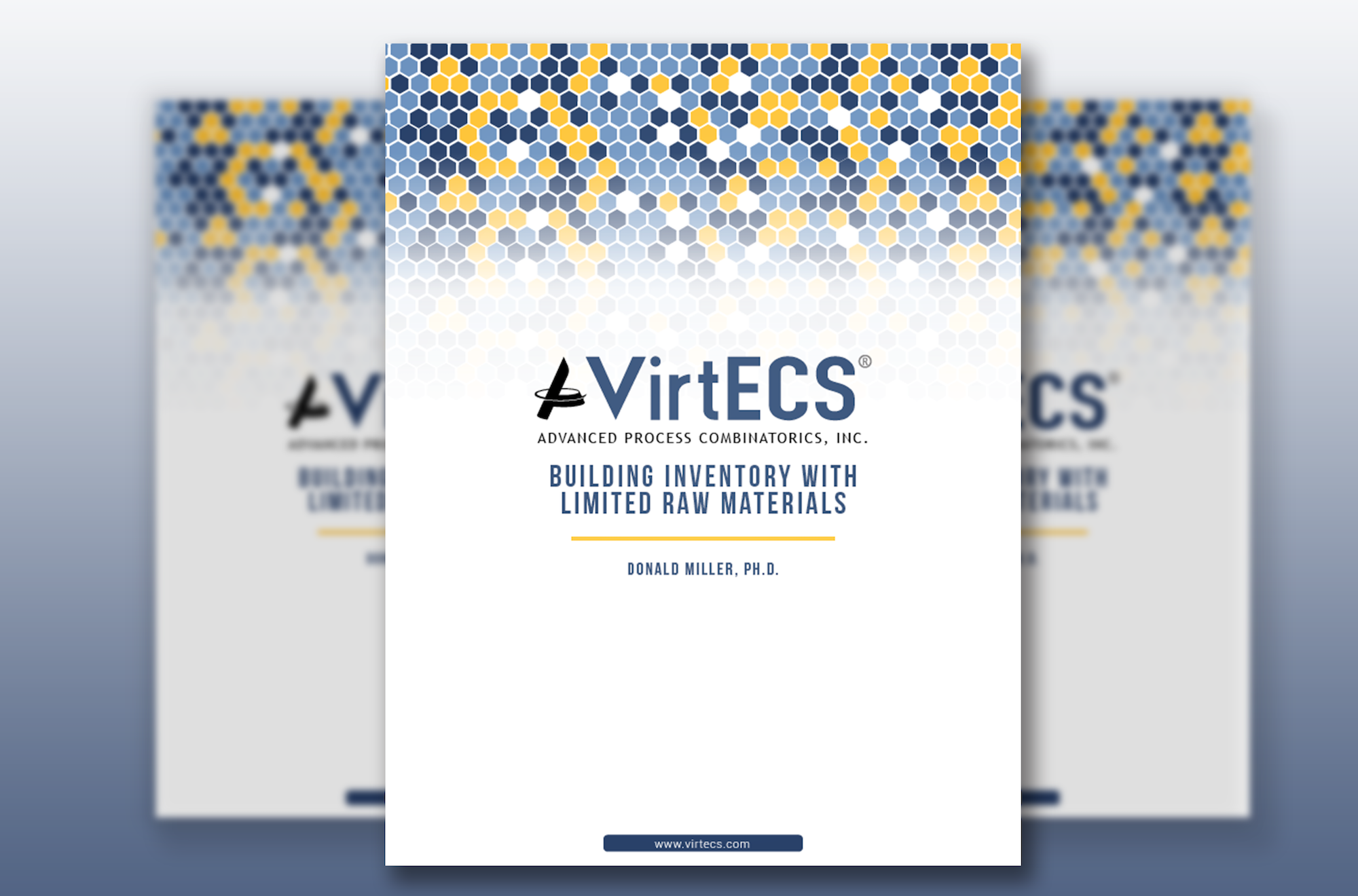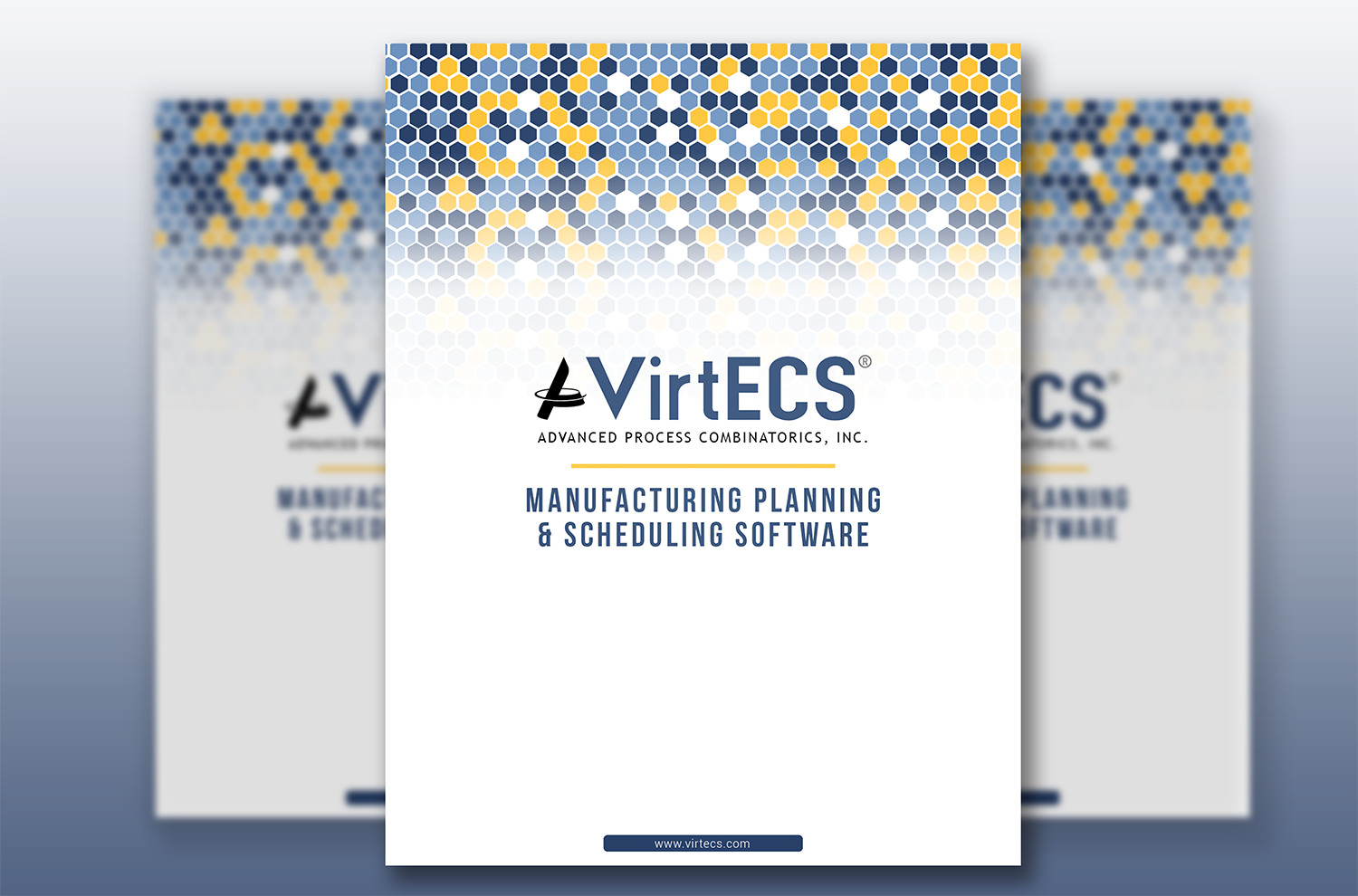It’s no secret that manufacturers have been rethinking their supply chains in recent years. Many reports indicated US companies were considering a manufacturing move, and this year, businesses were ready to take action. According to recent data from UBS, a staggering 80% of executives at American companies have plans to move their manufacturing out of China and reshore some or all of it back to the US.
Why are so many businesses bringing production back to the US? Why now? Is the country prepared to handle the influx of work, and how can manufacturers work around potential roadblocks? We’ll discuss all these questions and more below.
China’s Problems
For the last four years, China has suffered a series of setbacks that caused waves of US businesses to move manufacturing out of the country. It started back in 2018, when former President Trump imposed tariffs on many imported Chinese products that are still ongoing today. Then two years later, pandemic-related production delays and rising shipping costs further saddles Chinese manufacturing sites with inconveniences. Lower costs were the primary motivation for companies to outsource manufacturing to China; with rising prices, that advantage disappeared.
With manufacturers eager to move out of China, it naturally raises the question of where they should relocate to. For American companies, the resounding answer has been back to the continental US. Why are so many manufacturers choosing to onshore production, rather than move to other Asian countries or international sites?
Technology & Automation
The US may not seem like an obvious choice to relocate production sites at first, given its strict regulations and an expensive, shrinking labor market. However, the US is also a global center of technological innovation, and the increased use of automated systems has curtailed the need for mass amounts of labor. In areas of the world where labor is less expensive, they haven’t had the need to develop automated processes to take the place of human labor. In countries like the US, though, thousands of unfilled manufacturing jobs exacerbated the demand for artificial intelligence-backed advancements.
For many plants, those advancements have led to implementing robotics and automated machines. Data from Reuters revealed that US manufacturers implemented more robots into their processes in 2021 than any other year in history. According to MIT, plants that utilize robotics often see increased productivity, as well as improved wages and job satisfaction among the employees they do have. If your business is willing to invest in technology for your plants, you may be ultimately unphased by labor shortages, and even come out more profitable than before.
Advantages of Keeping Production Closer to Consumers
In addition to technology-related advantages, the US also offers close proximity to many American companies’ primary customer base. International shipping can often result in unexpected delays and unpredictable schedules, so having a domestic supply chain can ensure customers find products in stock and receive their orders on time. According to research from McKinsey, if the product a consumer needs is out of stock, 39% will select a different brand or product rather than wait for their usual item to come back in stock.
There can also be internal benefits to keeping production close to your consumers. Some consumers place a high value on brands that support the local economy, so choosing to add manufacturing and new jobs in the US will make your company attractive to certain customers. Such measures may also coincide with some of your company’s larger brand promises, such as those related to sustainability or community involvement. For businesses who specifically produce semiconductor chips, President Biden has also offered a 25% tax credit and other financial incentives to those who build new plants within the US.
Ways to Offset Higher Costs for US Sites
These are just some of the reasons manufacturers are flocking back to the US. However, if your company is still concerned about heightened expenses related to onshoring production, know there are several other strategies that can make a domestic supply chain feasible. For example, if building a new plant seems daunting, but you already have one or more US sites, consider adding capacity to the structure. By adding on to a current plant or acquiring another existing site, you can still meet production needs without investing as much upfront.
Planning and scheduling optimization is another area that can provide significant savings and increased profitability. When based on a highly detailed virtual plant model, an optimization tool can help your site navigate inventory, product demands, and maintenance to find the most efficient production schedule. It can also analyze your site’s layout to determine how you can maximize capacity to get the most output possible. To learn more about our advanced planning, scheduling, and optimization tool, VirtECS, we invite you to download our short overview guide.












